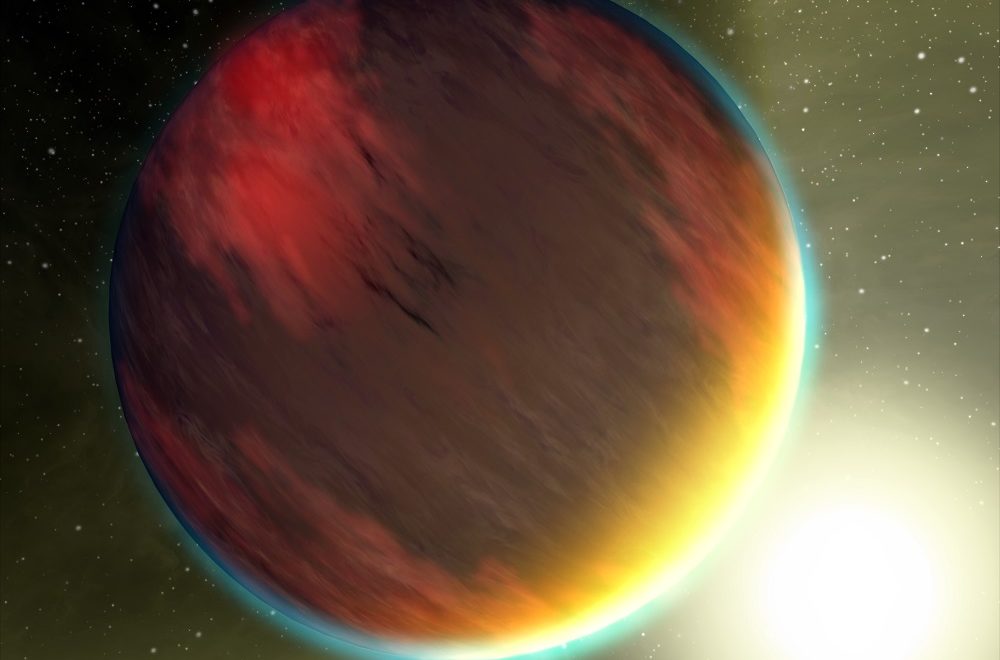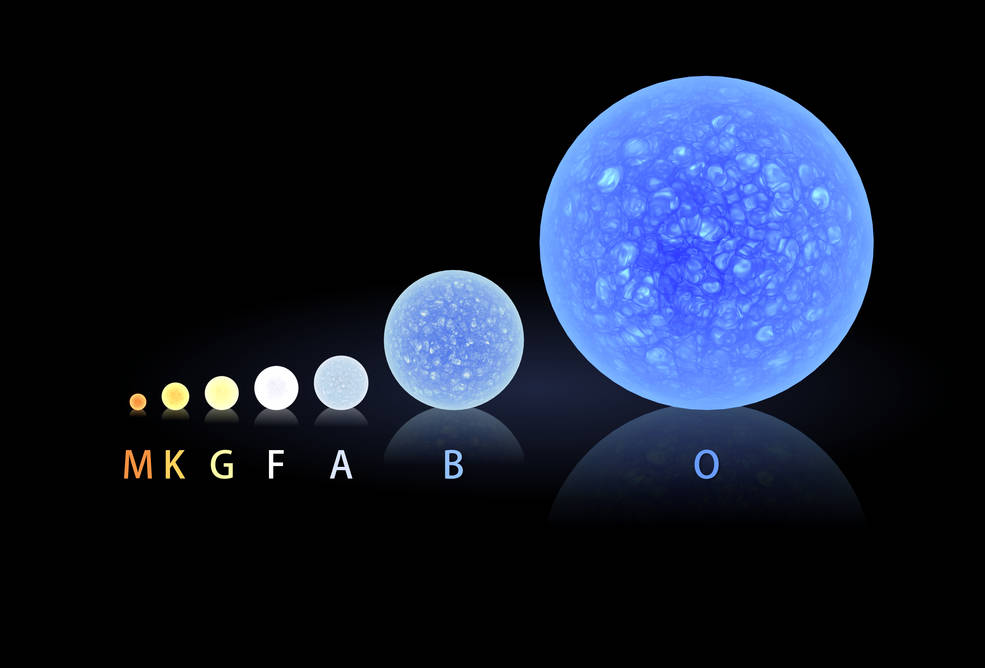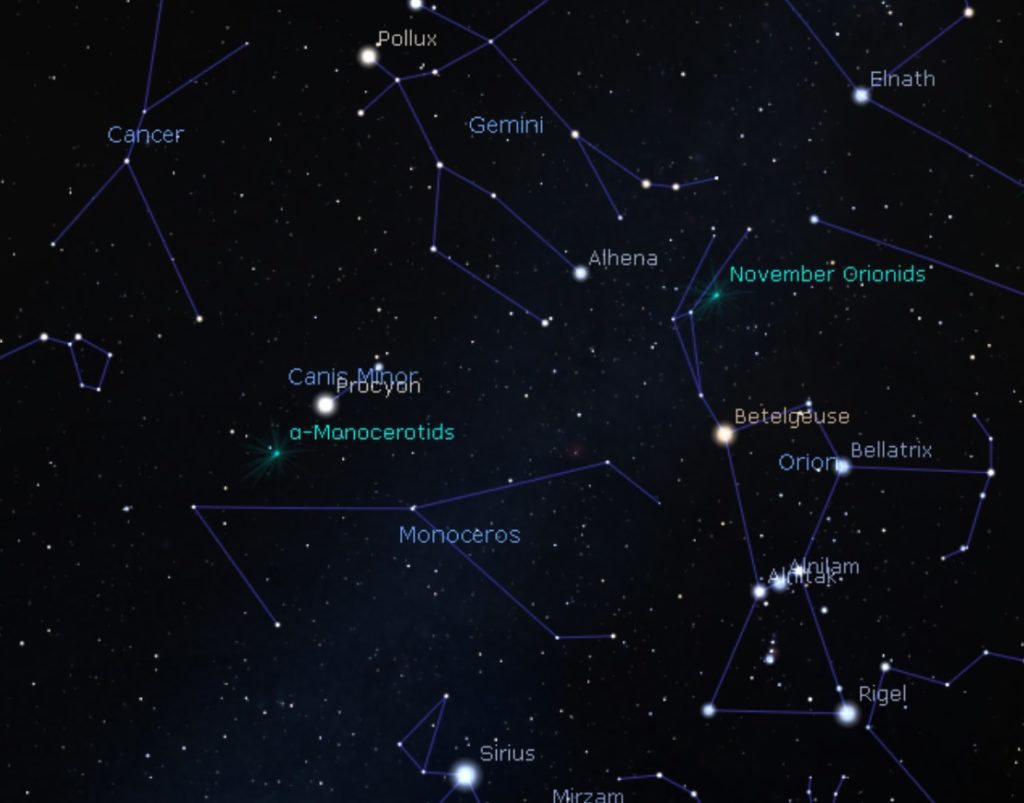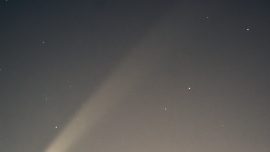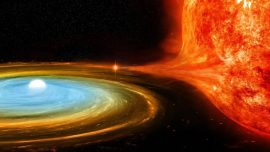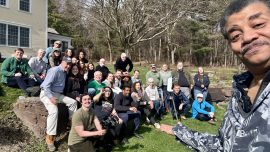SISTINE Suborbital Launch Aids the Hunt for Habitable Exoplanets
A low-cost project named SISTINE could create a baseline index in the search for life on other worlds.
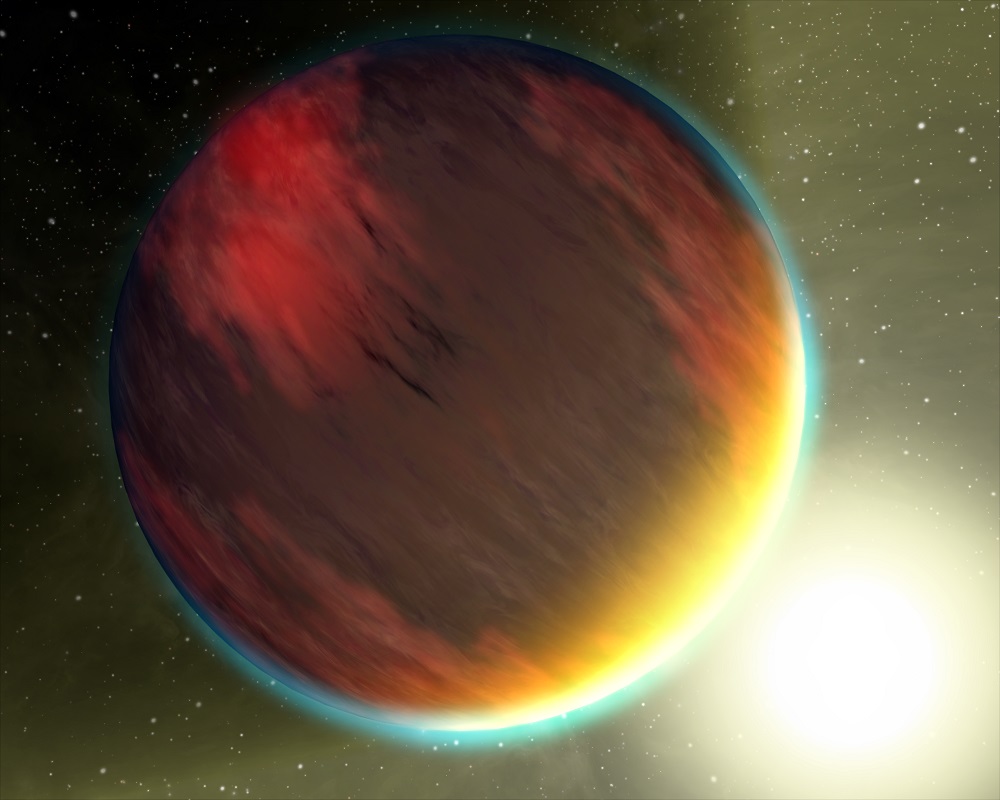
An artist’s conception of a distant exoplanet. Credit: NASA
In astronomy, small missions can have a huge impact. And while huge projects such as the James Webb Space Telescope launching next month took over a decade to get to the launch pad and cost tens of billions of dollars, balloon-based or sub-orbital rockets offer a quick low-cost alternative to get telescopes up over the murk of the lower atmosphere.
Just such a mission launched early this month, from White Sands New Mexico. SISTINE-2 (the Sub-orbital Imaging Spectrograph for Transition region Irradiance from Nearby Exoplanets) launched on November 8th on a Black Brant IX rocket. During its 15 minute flight, the project reached an apogee of 160 miles, successfully collected data, and was later recovered.
SISTINE looks at celestial targets in the ultraviolet (UV) at the 100 to 160 nanometer wavelengths. On the ground, most UV at this wavelength is absorbed by the Earth’s atmosphere. Some of the very first ‘space telescopes’ were carried aloft by sub-orbital rockets, starting with UV views of the Sun using a captured German V-2 rocket in 1946. The first SISTINE launch occurred in 2019.
SISTINE uses a unique lithium fluoride coating to make its mirrors sensitive at UV wavelengths. These UV wavelengths are key in seeing the breakdown of carbon dioxide molecules into free oxygen. On Earth, life has reworked to atmosphere, and the presence of molecular oxygen or ozone elsewhere could be a strong indicator of life. Stars, however, may also shed energy at the same wavelengths, resulting in the same sort of breakdown and confounding the search with spurious signals.
What the SISTINE project hopes to do is it create an index catalog for main sequence stars in the Morgan-Keenan classification scheme, as a way to sort out bio-signatures versus baseline signals.
“The interplay between the planet’s atmosphere and ultraviolet light from the host star determines which gases serve as the best biomarkers,” says Principal Mission Investigator Kevin France (University of Colorado) in a recent press release. “Knowing the ultraviolet spectra of these stars will help us find the most promising star-planet environments with future NASA observatories.”
The recent target for the SISTINE-2 launch was Procyon A, the brightest star in the constellation Canis Minor, 11.5 light-years distant. Though Procyon A is an F-type star slightly hotter than our Sun and hosts a white dwarf companion, it does not possess any known exoplanets.
The findings for the SISTINE project could go a long ways towards the ultimate goal of finding an exoplanet that has life. Next summer, the team plans to carry out a third launch from the Arnhem Space Center in Nhulunbuy, Australia. The southern hemisphere vantage point with afford the SISTINE detector views of the Alpha Centauri system with G- and K-type stars primary stars, as well as the red dwarf Proxima Centauri, known to possess the closest known exoplanet.
Exoplanet science could get interesting in the next decade. The recent Decadal Survey for Astronomy and Astrophysics announced plans for a 6-meter space telescope as the next true successor to Hubble, a sort of compromise between the proposed LUVIOR (the Large Ultra-Violet Infrared Optical Surveyor) and HabEx (search for Habitable Exoplanets) telescopes. Such an instrument could do an unprecedented survey of the sky at UV wavelengths, to include stars with known exoplanets and perhaps, life.
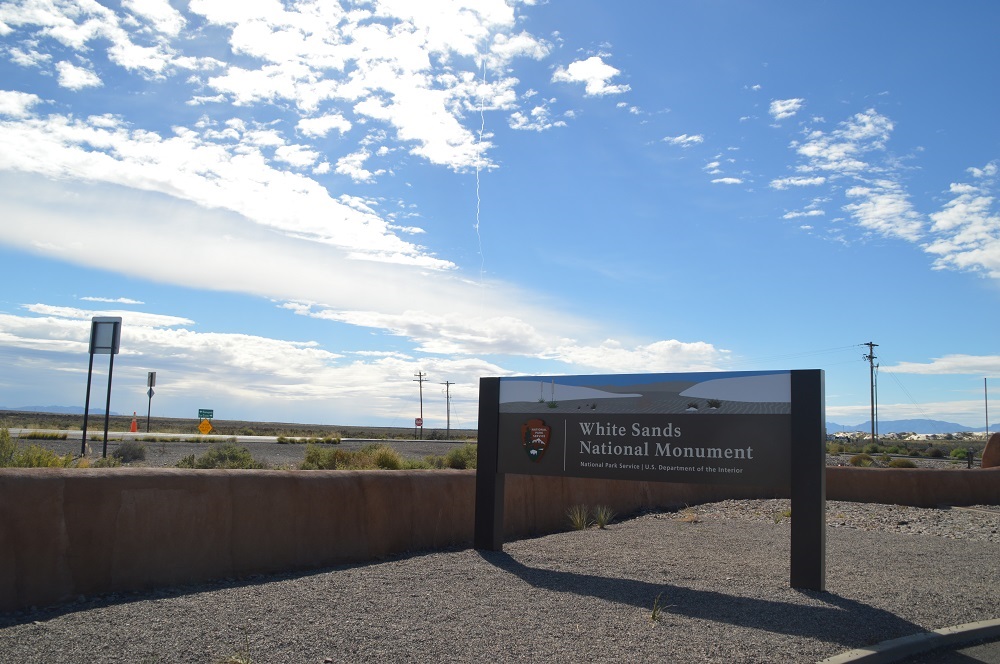
A rocket launch (white vertical streak, center of frame) seen from the White Sands Visitor center. Credit: Dave Dickinson
We could be on the brink of the discovery of life elsewhere in the universe in coming decades, and SISTINE could help pave the way.

